Haitian fruits are fruits that are commonly associated with Haiti, a Caribbean island country. Whether these fruits have native origins or were introduced from other countries, they have been long cultivated and consumed in Haiti.
Local fruits mainly fall into the tropical category and have a robust flavor profile. They add depth and flavors to Haitian snacks, desserts, and the main course.
Interestingly, many Haitian fruits are also counted as vegetables and are used extensively in cooking. These fruits are essential ingredients in Haitian kitchens.
Continue reading to discover the most beloved 12 fruits in Haiti as well as the common traits of Haitian fruits. I will also introduce the dishes and beverages locals prepare with local fruits and cover some common Haitian vegetables.
12 Wonderful Haitian Fruits with Filters
Read on to discover the 12 most popular fruits in Haiti, which I have arranged in order of popularity.
Don’t forget to utilize the filter feature to improve your search experience. This feature allows you to easily distinguish between native, non-native, national, exotic fruits, fruit vegetables, fruits for dishes, fruits for drinks, and fruits for garnishes.
Mango
- For Beverages
- For Dishes
- National
- Non-Native
Mango is an iconic fruit in Haiti. Originating in South Asia, it was brought by Europeans to the Americas around the 17th century and eventually developed into many special varieties.
The Haitian mango, known locally as Francine mango, is a famous mango variety only found in this island country. It boasts a richly sweet flavor and a succulent softness that has charmed countless fruit lovers.
A typical Haitian mango has an elongated shape and greenish skin that turns slightly yellow when it ripens. Its tender flesh is often eaten straight off the skin or used in smoothies, ice cream, desserts, or sauces.
Avocado
- For Dishes
- For Garnish
- Non-Native
Avocado is a ubiquitous pear-shaped berry fruit in Haiti and many parts of the Americas. It consists of three parts: thin, smooth, and glossy skin in different shades of green, creamy flesh, and a large seed in the center.
Compared to avocados in other countries, the Haitian varieties are larger and more vibrant in skin color. Their fruiting season occurs in summer, and people often pick the fruits from the tree before they completely ripen.
With a rich and buttery taste, avocados are ideal for eating fresh or making various dishes, from salads to sauces and desserts. Slices of pale green or yellowish avocados make an attractive garnish for many dishes.
Watermelon
- For Beverages
- For Garnish
- Non-Native
Watermelon is an important summer fruit in Haiti. Since its introduction to Haiti in the late 15th century by the Spanish, it has been cultivated in the sun-drenched fields throughout the island.
Haitian watermelons are famous for their juicy, sweet taste and hydrating properties. Under the dark green, smooth outer rind is a bright red, juicy interior speckled with black seeds.
Like in other countries, Haitians slice a watermelon into slices and enjoy them fresh as a cooling treat. Occasionally, they utilize this water-rich fruit in salads, juices, or cocktails.
Soursop
- Exotic
- For Beverages
- Native
Soursop is a beloved summertime Haitian fruit. Native to the Caribbean and South America, it has long graced Haiti’s rich soil.
Appearance-wise, a soursop has a spiky, dark green skin encasing the soft, fibrous white pulp. Its flesh is creamy and tastes like a combination of strawberries and pineapple, with pleasantly sweet and tangy flavors.
Spooning the soft, aromatic pulp out of the rind is the most common way to savor fresh soursops, while more elaborate methods involve turning the fruit into smoothies, desserts, and ice cream. Soursops are even used in traditional Haitian medicine and beverages.
Plantain
- For Dishes
- Fruit Vegetables
- Non-Native
Plantain, also known as cooking banana, is a staple fruit in Haitian cuisine, playing a more significant role than its cousin banana. It is a kind of starchy banana that isn’t very sweet but suits excellently for both savory and sweet dishes.
Available year-round in Haiti, plantains range from green to deep yellow in color. Boiled, fried, and baked plantains are common side dishes and snacks in local cuisine, while raw plantains are edible yet not very flavorful.
Tamarind
- For Beverages
- For Dishes
- Non-Native
Tamarind is a famous Haitian pod-like fruit of African origin. The Spanish brought it to the Americas in the 16th century, and this tropical fruit quickly became a common sight in many countries, including Haiti.
Tamarind trees often bear fruit in the dry season. Each tamarind consists of a brown, curved pod with a hard, brittle shell, a sticky, fibrous pulp, and several seeds.
The distinctly sour taste mixed with some sweetness of tamarinds makes them an ideal flavoring for Haitian stews, sauces, marinades, and beverages. Eating raw tamarinds is an exciting experience if you can bear their robust tanginess.
Chayote
- For Dishes
- Fruit Vegetables
- Non-Native
Chayote is a squash fruit widely used in Haitian cooking. First cultivated by the Aztecs in Mesoamerica, it spread to Haiti and the rest of the Caribbean in the 18th century.
A normal chayote has a pale green, pear-shaped appearance with deep creases running from its stem. Flavor-wise, it is mild and almost neutral, similar to a cucumber or zucchini.
Haitians use chayotes as a vegetable and cook them by boiling, stewing, or sautéing them. Raw chayotes are a versatile ingredient in salads and side dishes.
Okra
- For Dishes
- Fruit Vegetables
- Non-Native
Okra is a popular tube-like Haitian fruit that originated in Africa. It came to the Caribbean with enslaved Africans and symbolizes the importance of African influence in local cuisine.
The okra pods are green, elongated, and ribbed, with a slimy texture inside. This quality, along with the fruit’s mild and grassy taste, turns okra into a must-have thickening ingredient in many Haitian stews and soups.
Belonging to the mallow family, okra grows well in Haiti’s warm climate and flourishes year-round, especially during the summer months.
Guinep
- Exotic
- For Beverages
- Native
Guinep is a tropical fruit native to Haiti and many countries throughout Central and South America. It has many other names in different places, such as Bajan ackee, quenepa, mamoncillo, and Spanish lime.
Each guinep is encased in a green, thick leathery shell that covers an orange, gelatinous pulp. Bite into this pulp, and you will feel a wave of sweet and tart goodness with some wine-like bitterness rushing over your taste buds.
Fresh guineps a popular snack among Haitians, especially children. This fruit normally grows in clusters during the late summer months.
Cashew Apple
- For Beverages
- Non-Native
Cashew apple is a fruit of the cashew, a tropical evergreen tree fruit grown in many parts of Haiti. It is shaped like a pear, covered in a vibrant yellow to red skin, and has a sweet and tangy taste.
For each cashew apple, a rich and buttery nut is encased in a hard shell at the fruit’s bottom. While cashew nuts are the more popular products derived from the cashew tree, the juicy fruits are a wonderful treat in their own right.
Since cashew apples are highly perishable and unsuitable for long-term storage, Haitians mainly eat them fresh or prepare them as preserves and jams.
Breadfruit
- For Dishes
- Fruit Vegetables
- Non-Native
Breadfruit is a large, round, starchy fruit that has been a part of Haitian diets since its introduction in the 18th century. Hailing from New Guinea and Southeast Asia, it grows well in the country’s tropical climate.
Breadfruits’ green, bumpy exterior contains creamy, white flesh. When cooked, this flesh resembles freshly baked bread in texture and taste, hence the fruit’s name.
While breadfruits have a similar appearance to jackfruits, the former has a milder flavor, which almost resembles potatoes. Still, very ripe breadfruits can be quite sweet.
The breadfruit season lasts from summer to early fall, during which Haitians widely use the fruit in boiled, roasted, and fried dishes.
Star Apple
- Exotic
- For Garnish
- Non-Native
Star apple, also known as cainito or caimito, is a cherished tropical fruit in Haiti. Domesticated in Central America, it was brought to Haiti in the 16th and 17th centuries by the Spanish.
The name “star apple” came from the unique star-shaped pattern that appears when the fruit is cut crosswise. Other noticeable features of this fruit are its round shape, smooth, shiny skin in shades of green or purple, and soft, jelly-like flesh.
The white or purple pulp found in star apples offers a deliciously sweet, with faint notes of tartness, that can give berries and apples a run for their money. Scooping out the flesh to eat it fresh is the preferred way of eating star apples in Haiti.
What Are the Common Features of Haitian Fruits?
Below is a breakdown of the characteristics that make Haitian fruits stand out from others.
Tropical Fruits
Haiti’s warm climate is conducive to growing a wide range of tropical and subtropical fruits. These fruits are noted for their intense and distinct flavors and colorful appearances.
Seasonal Availability
While some Haitian fruits are available year-round due to the tropical climate, others have specific seasons, ensuring a rotating availability of fresh fruits throughout the year.
Small-scale Farming
Much of the fruit production in Haiti comes from small-scale, family-run farms, so many fruits are grown in traditional, less industrialized ways.
Let’s deepen your knowledge by looking at the Haitian dishes featuring local fruits in the next section.
What Are the Best Haitian Dishes Made With Fruits?
The following Haitian dishes feature fruits as a primary ingredient or an optional addition; they will show you how locals use fruits in their cooking.
These fruit-containing specialties are utterly delicious, but many other dishes hailing from Haiti are also worth a look.
In the following section, I will talk about the most prominent beverages in Haiti.
What Haitian Beverages Include Fruits?
Check out the best Haitian beverages that contain fruits right away.
For more options concerning refreshments in Haiti, discover other Haitian drinks that don’t necessarily feature fruits but are equally enjoyable.
As you can see in previous sections, many popular Haitian fruits are used as vegetables in cooking. Therefore, learning about notable vegetables in this country is very helpful.
What Are Well-known Vegetables in Haiti?
Here is a concise list of the most favorite vegetables in Haiti.
Do you want to learn more about vegetables in Haiti? Feel free to explore the options.
Now, it is time to learn about what makes Haitian fruits special. Read on to discover this informative topic!


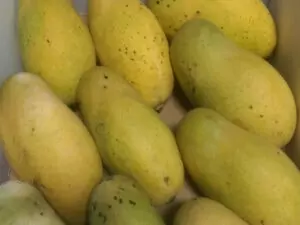
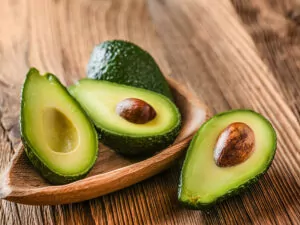
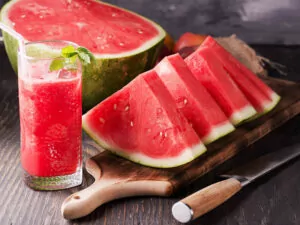
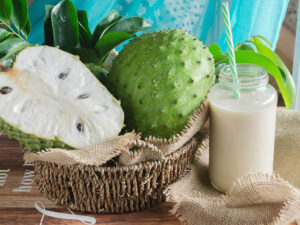
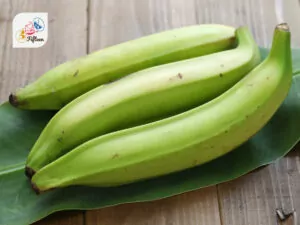
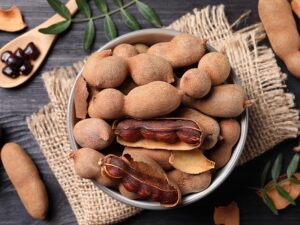
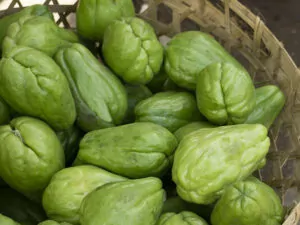
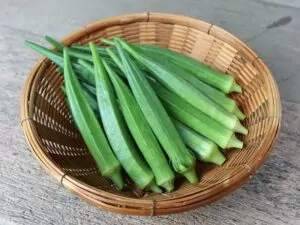
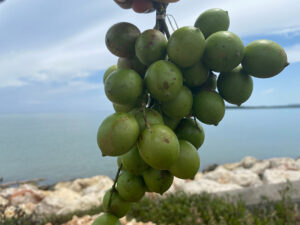
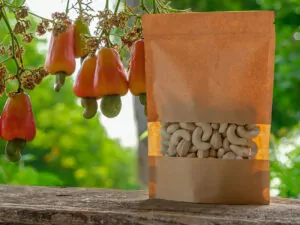
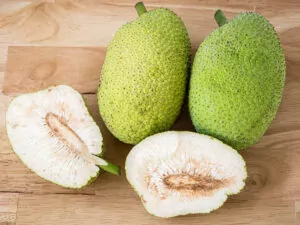
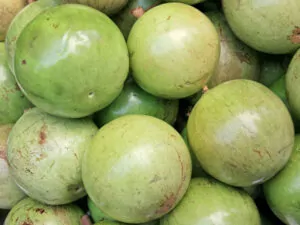
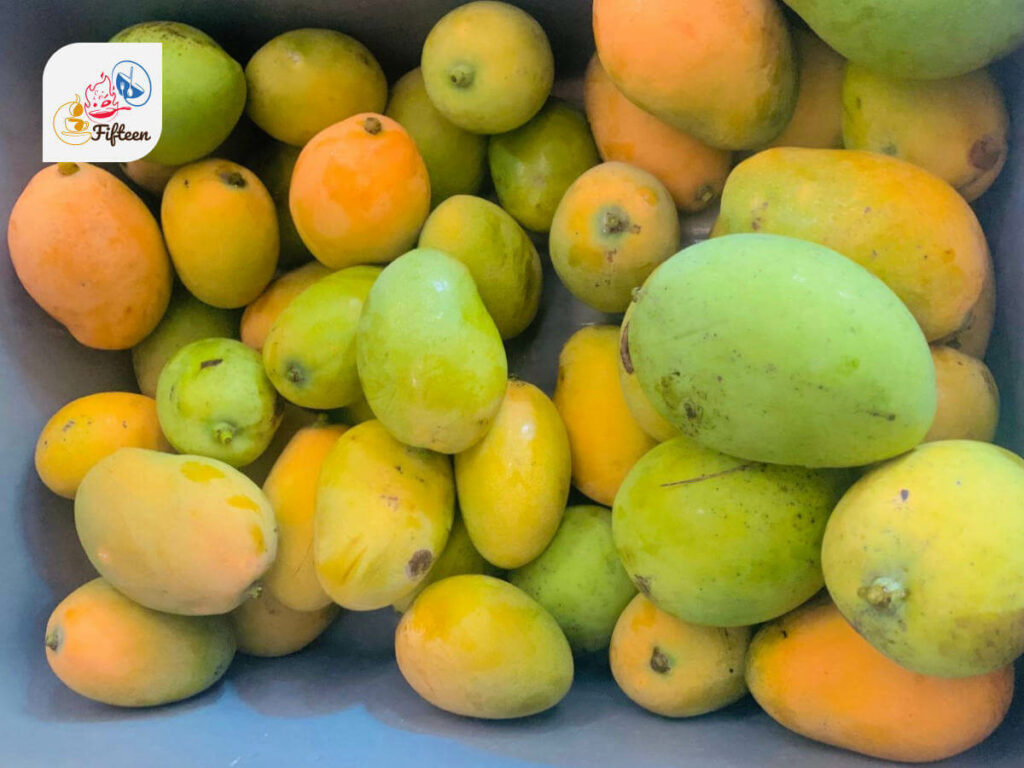
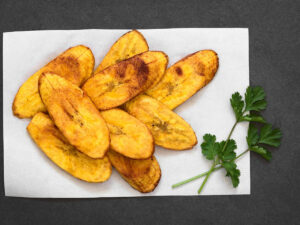
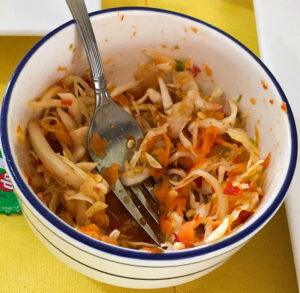
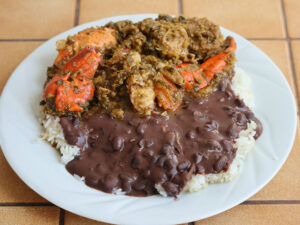
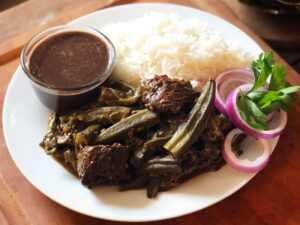

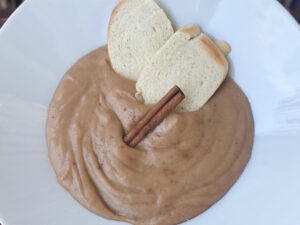



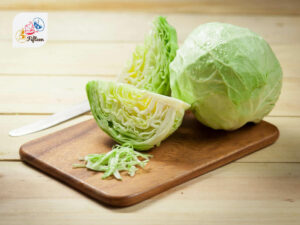
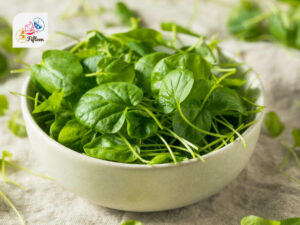
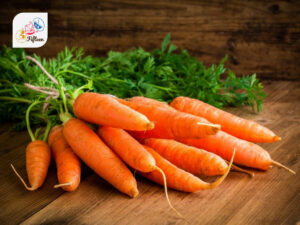
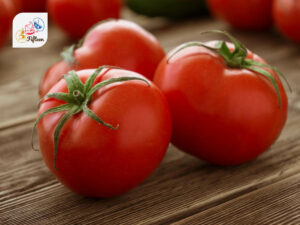
Jamie Scott
Editor in Chief, Senior Content Writer
Expertise
Home Cooking, Meal Planning, Recipe Development, Baking and Pastry, Food Editor, Cooking-video Maker, Western Food Evaluation Expert
Education
Le Cordon Bleu College of Culinary Arts
Local Community College, New York, NY
Jamie Scott is a skilled culinary expert and content creator specializing in Western cuisine. With over 15 years in the culinary field and formal training from Le Cordon Bleu, Paris, Jamie deeply understands how to blend nutrition with delicious flavors. His passion for cooking matches his commitment to making healthy eating accessible and enjoyable.
On Fifteen.net, Jamie brings a fresh perspective to classic dishes and beverages, offering readers insightful recipes, cooking tips, and a fresh view on meal planning that emphasizes taste, health, and simplicity.